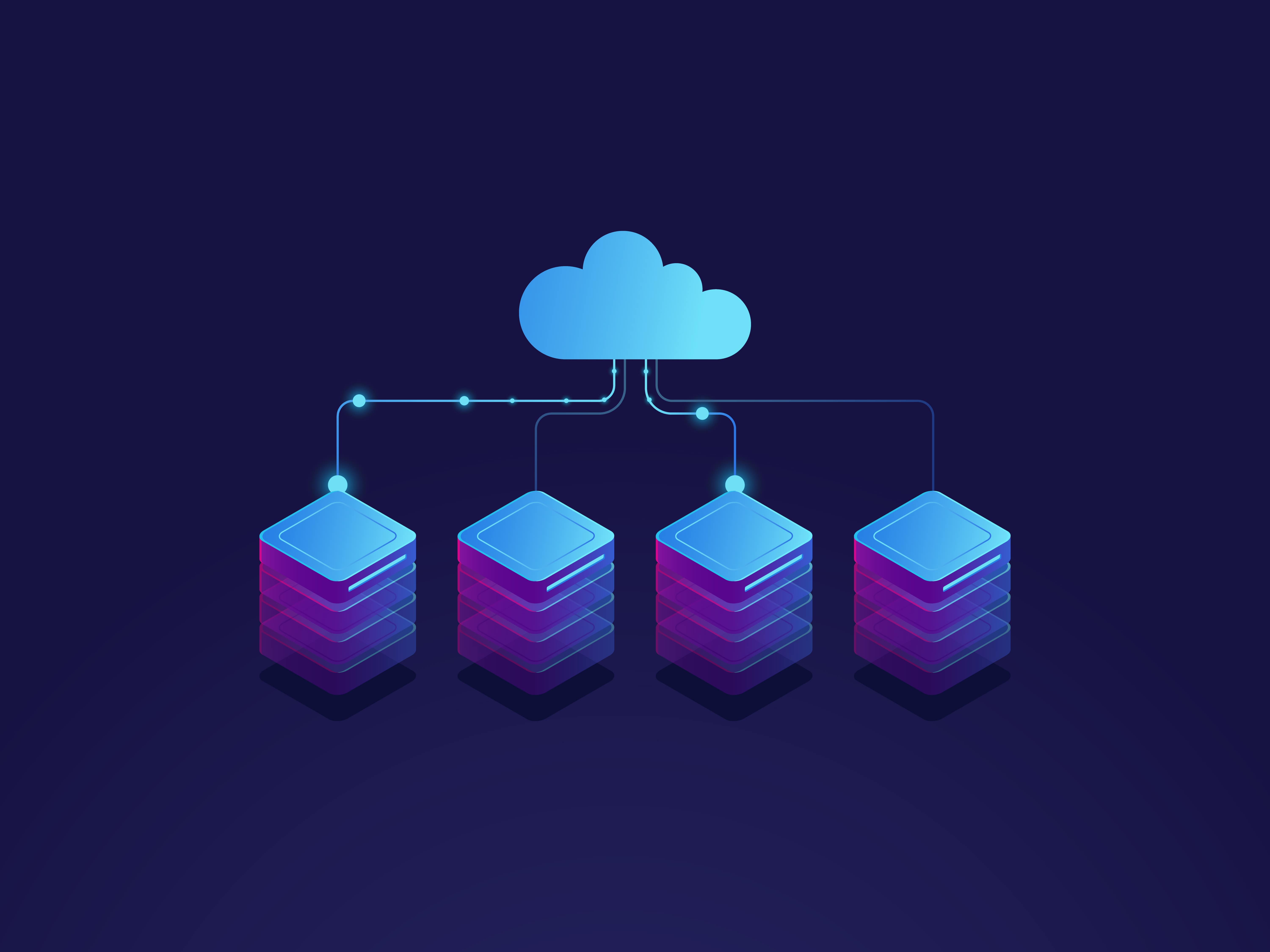LIMS Validation: Step-by-Step Guide, Requirements & Validation Plan
Validating your Laboratory Information Management System (LIMS) is crucial for ensuring smooth lab operations, maintaining compliance, and achieving accurate results. This guide will walk you through the essentials of LIMS validation, from understanding its importance to a step-by-step checklist for effective validation.
LIMS Validation at a Glance:
- Purpose: Confirms your LIMS meets lab and regulatory requirements.
- Standards: Supports ISO 17025, GxP, FDA 21 CFR Part 11.
- Includes: URS, FRS, IQ/OQ/PQ testing, and validation documentation.
- Outcome: Audit-ready data integrity and efficient lab workflows.
What is LIMS Validation?
LIMS validation verifies that your system meets lab requirements and regulatory standards. This process involves testing and documentation to confirm that the system operates correctly, maintains data integrity, and complies with regulations such as FDA, GxP, and ISO. Proper validation minimizes risks, enhances reliability, and upholds high-quality standards.
Who is LIMS Validation for?
LIMS validation is crucial for labs in industries that need to comply with regulatory standards, like GxP, or non-regulatory standards, like ISO. These labs must meet strict requirements and maintain data accuracy. Validating your LIMS helps meet these standards and avoid compliance issues. For more detailed information, visit our industries section.
Why is LIMS Validation So Important?
LIMS validation is essential for complying with regulatory and non-regulatory standards and maintaining accurate data. Without proper validation, labs risk data integrity issues and non-compliance penalties. Effective validation prevents these problems, ensuring smooth operations and reliable results.
How to Validate Your LIMS: Step-by-Step Checklist
Effective LIMS validation requires a structured approach. Here’s a step-by-step guide to help you through the process:
Step 1: Selecting the Right LIMS System
Choosing the right LIMS tailored to your lab’s needs is the first step. The right system will align with your workflows, regulatory requirements, and scalability goals. For more details, check out our deployment page to understand how implementation works.
Before validating, make sure your LIMS system requirements are clearly defined - this forms the foundation for a successful validation process.
Step 2: How to Create a LIMS Validation Plan
A comprehensive validation plan is crucial before implementing a LIMS. This plan should outline the scope, objectives, responsibilities, and timelines for the validation process. Key considerations include resource allocation, risk assessment, and defining validation deliverables. You can also look at automating Certificates of Analysis (CoAs) as part of your validation strategy to streamline compliance documentation
Step 3: Understanding System Requirements
Understanding and documenting system requirements is essential for effective LIMS validation. This includes:
- User Requirement Specification (URS): Defines what the user needs from the system.
- Functional Requirement Specification (FRS): Details the system functionalities.
- Trace Matrix: Maps requirements to their corresponding validation tests.
- V-Model: Visual representation of the validation lifecycle.
Step 4: LIMS Software Validation Testing: IQ, OQ & PQ Explained
Effective validation requires several qualifications:
- Installation Qualification (IQ): Verifies that the system is installed correctly.
- Operational Qualification (OQ): Ensures the system operates according to specifications.
- Performance Qualification (PQ): Confirms the system performs reliably in a real-world environment.
Step 5: Maintain Validation Over Time
Validation isn’t a one-time event. Labs should revalidate their LIMS after major updates or process changes to ensure continued compliance. LabHQ supports ongoing validation through system updates and documentation review.
Final Notes on LIMS Validation
LIMS validation is a critical step in maintaining a high-performing, compliant lab. LabHQ LIMS is designed to meet these validation requirements, providing a robust solution for your lab. Explore our validation-ready pricing to see which plan fits your needs. Ready to see it in action? Schedule a free demo today.
Frequently Asked Questions about Validation
What is the purpose of LIMS validation?
Proper LIMS validation means that your system meets regulatory requirements, operates correctly, and maintains data integrity, enhancing overall lab performance.
What is included in a LIMS validation?
A complete LIMS validation includes planning, documentation, and testing to prove your LIMS software works as intended. This typically covers defining user and functional requirements, executing IQ/OQ/PQ testing, maintaining validation records, and compiling a final validation report. Together, these steps confirm that your LIMS system is compliant, reliable, and ready for regulatory inspection.
How long does LIMS validation typically take?
The duration of LIMS validation varies depending on the complexity of the lab's processes and the system itself. On average, validation of a LIMS system can take anywhere from two to twelve months, depending on documentation readiness, testing scope, and regulatory expectations.
What are the main components of a LIMS validation plan?
A LIMS validation plan typically includes the scope of validation, defined objectives, timelines, resource allocation, and risk assessment. It should also cover documentation of all validation activities, including URS, FRS, IQ/OQ/PQ testing, and traceability matrices to show that every requirement is tested and verified.
Can LabHQ assist with the validation process?
Yes, LabHQ offers user training to help you gain the skills needed to use your LIMS and implement a proper validation. Our system is built with validation in mind - we help you prepare documentation, testing evidence, and a LIMS validation checklist to simplify the process and keep you audit-ready.




